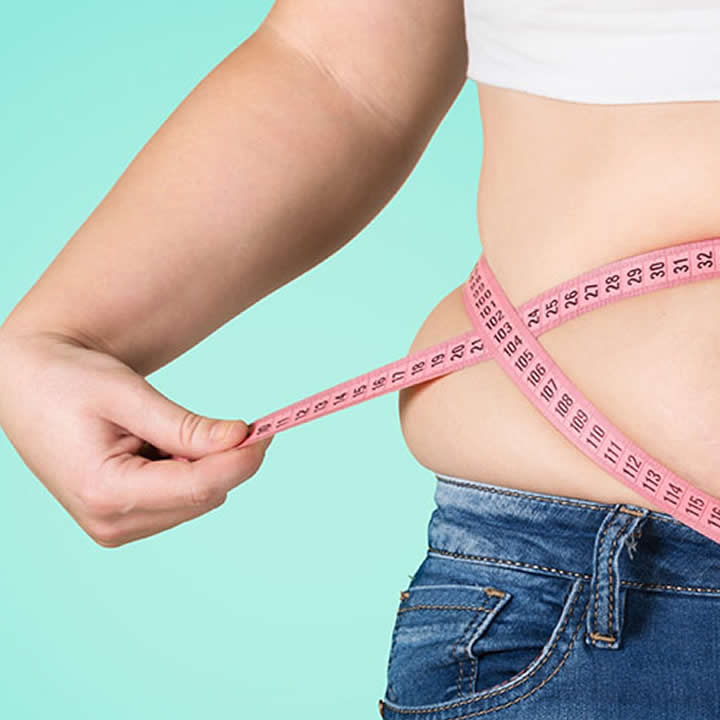Do you often feel like you have extra fat at the area where it should not be and none where you want it to be?
Well, you are not alone.
While implants or fat removal is always an option, but many are apprehensive of going through the procedure, either due to the complications and risks involved in it or the financial problems. But there is another medical procedure that will give you the exact results that you want, and that is fat transfer.
Fat transfer, also known as fat grafting, fat injections, and lipo fillings is a way of surgically taking out the fat from the problem areas and adding it to the areas where you desire such as breasts, buttocks or face. It helps with volume augmentation of the treated areas and improves the overall quality of the overlying skin by correcting irregularities, dents, fixing deep wrinkles and folds.
But before you jump the bandwagon, it is crucial for you to know everything that is involved in the fat transfer procedure from the need to the criticalities, to side effects, to the eligible candidate and more.
Allow us to walk you through the essential elements of fat transfer procedure:
Also termed as natural plastic surgery owing to injecting fat that is produced by our body, fat transfer is now being commonly used for breast augmentation, enhancing cheeks, and volumizing areas that have become hollow due to aging.
Why do people prefer fat transfer over implants?
- Because the procedure is done in such a way that it looks and feels natural when compared to the implants which get easily identified.
- Unlike augmentation, a fat transfer does not leave any ugly scars behind. The placement involved in breast augmentation leads to scarring.
- Also, while in fat grafting/transfer, own fat is used to enhance the other parts, implants make use of silicone which compared to the body fat is still unsafe.
- Fat transfer procedures leave no room for risk of allergic reactions, rippling or long term breast thinning unlike what happens post augmentation. Also, there is no need for any hard and fast maintenance routine to be followed.
While those as mentioned above indicates why you should go for fat transferring over implants, there are certain things that you need to keep in mind to have prior information about the treatment:
What makes you an eligible candidate for fat transfer surgery?
- For removing fatty tissues from one area and adding the same volume to another area, you need to have enough fatty tissues in your body.
- You do not have any circulation problem due to a medical issue or your lifestyle, such as smoking, alcohol consumption.
- You need to have realistic expectations from the procedure, which makes it essential for you to go through the details of the process carefully.
What are some of the common side effects of fat transfer?
- There might be swelling or soreness in the treated part, but that is not apparent in most of the fat transfer patients. There is a possibility that your treated area might absorb all or most of the injected fat.
- Lumps are one of the common side effects of fat transfer, which subsidizes as your body heals. Make sure to inform your doctor about that, who will guide you per your health conditions. While some doctors recommend massaging it some don’t. If it doesn’t even out on its own, then the doctor might have to inject a steroid or manually remove the lump with a small incision.
- Your body part may not take the fat transfer, or if done by an inexperienced doctor, there is a strong possibility that the fat transfer might not be adequate, or the injected fat might not last long.
To avoid any side effects, complications and risk involved with the fat transfer procedure, we would suggest you consult a specialist who has demonstrable experience of successful fat transfer and would honestly guide you through the intricacies involved in fat grafting.

